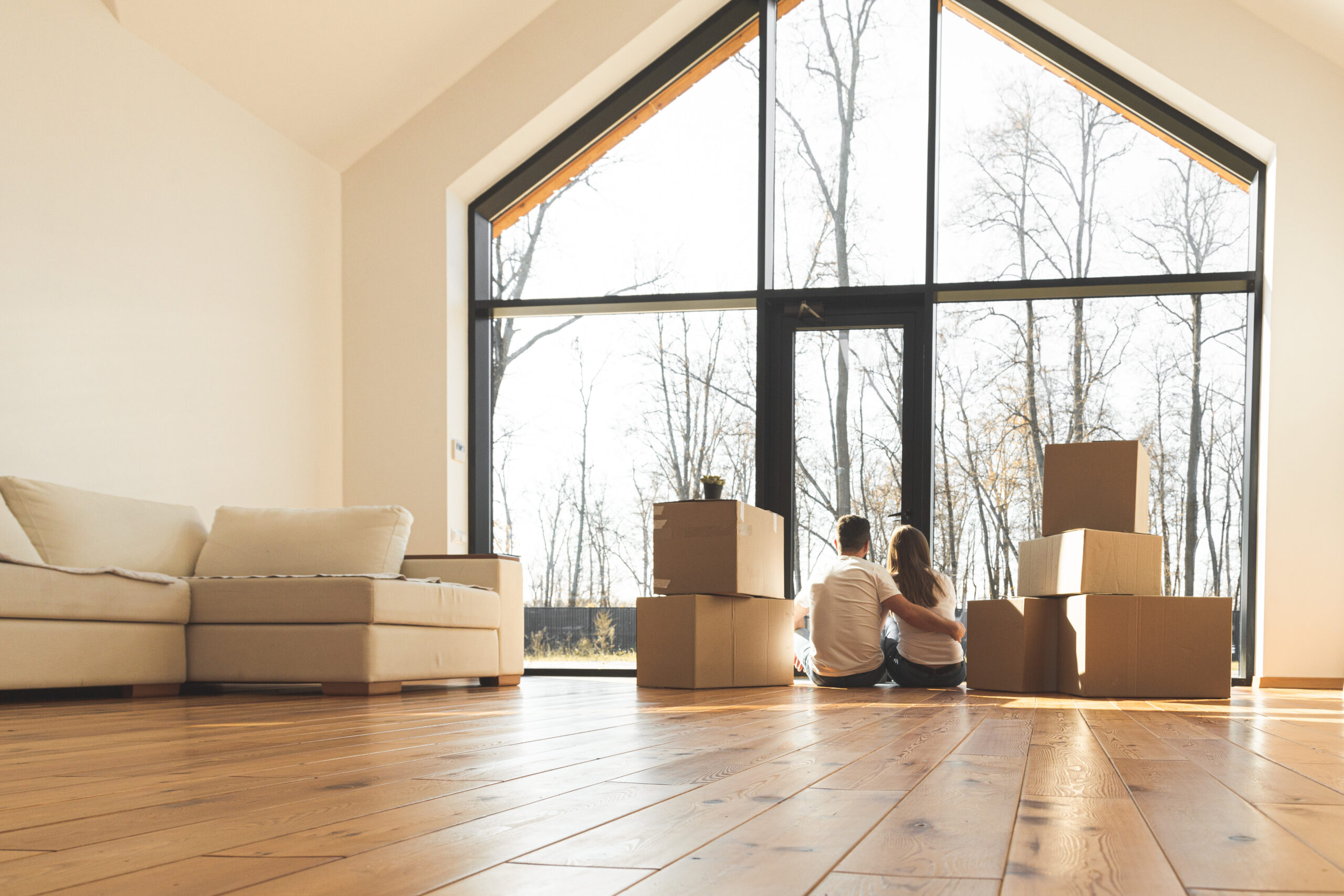Picture this: you’re about to put your home on the market, but aren’t sure how to make your home stand out amongst the other listings. How do you make your home appealing to buyers?
That’s where staging services come in! At Urban Acres, we work with several local staging companies – Evolve Staging and Design in Coralville and Struve Staging and Design in Iowa City – to stage our listings. Some of our REALTORS® are also certified staging specialists. We talked to these experts to get the inside scoop, from types of staging to the most frequently asked questions (which rooms should even be staged?).
Why Stage a Home?
It’s a question our agents and staging partners get a lot: why even bother? Really, the answer can be summed up in a few words: because it draws people in!
First Impressions Matter
Buyers form an opinion of a home within the first few seconds. That means you have a narrow window to make a good first impression, and staging helps those critical moments count.
“Vacant houses are forgettable,” says Ann Struve of Struve Staging and Design. “If a buyer goes into ten homes and they all look alike, they can’t remember. Staging makes a home memorable.”
Grab Attention – Especially Online
Of course, first impressions often don’t happen in person these days.
“Especially in 2020, many buyers are shopping online until they find a property that catches their eye,” says Urban Acres REALTOR® Cathy Pugh. “Pictures of empty rooms are not going to speak ‘home’ to anyone.”
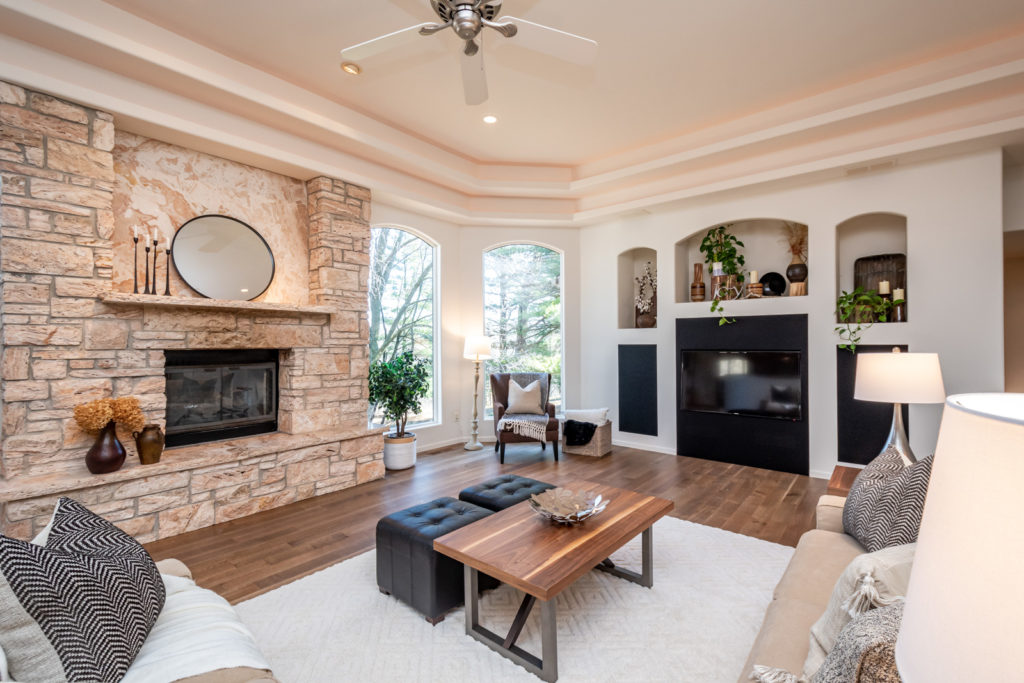
Cathy Pugh’s listing, staged by Struve Staging and Design.
Staging also helps the homeowner minimize their personal items in the home. This makes the space look bigger and show better in pictures, drawing more people in for showings and ultimately helping the home sell faster (and sometimes, for more!). When a house looks great, it helps to drive interest, giving your home that competitive edge on the market.
“With very few exceptions, staging decreases the number of days a house is on the market,” confirms Pugh. “There is a direct relation between days on market and price!”
Creating a Vision by Highlighting Opportunities
Selling a home is all about getting the buyer to envision themselves in the space. Whether that’s calling attention to certain special features of the home or helping an ‘odd’ space in the home make sense, staging suggests ways the buyer could use the space to get their imagination going.
“I once had a house that had open concept cabinets in the kitchen, so I asked the stagers to pay special attention to that,” says Urban Acres REALTOR® Whitney Russell. “The house sold in two weeks!”
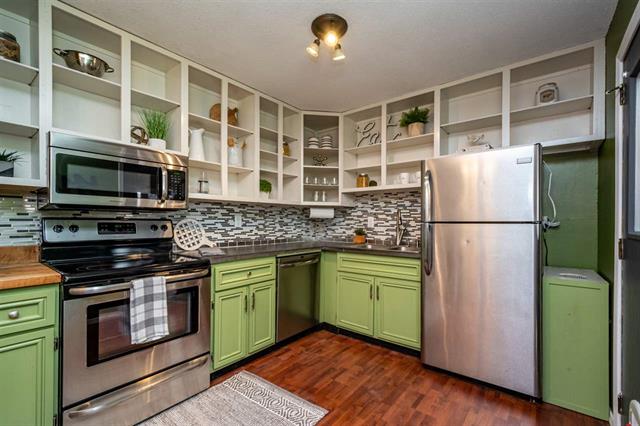
Whitney Russell’s listing with open shelving, staged by Evolve Staging and Design.
Make it Homey
Most of all, though, staging is about getting the space to feel like home. Home stagers are experts at creating that intangible “homey” feel, drawing the potential buyer in emotionally through things like textures, vignettes, and layers – words that make most of us say “huh?”, but can make all the difference.
Types of Staging
Staging companies work with both vacant and occupied homes. The goal is the same – to sell the home – but the process is slightly different.
Vacant Staging
Vacant staging is when the seller is no longer living in the home and the home is mostly – or partially – empty. Most staging happens in vacant homes. Sometimes items the homeowners left behind – such as antiques – can be incorporated into the staging, but most often the staging company will bring in all the furniture and accessories to make the house homey.
Occupied Staging
However, staging can also take place if the seller is still living in the home. In occupied staging, the stagers work with the furniture the seller already has in the home (where possible). They suggest items to remove, reposition furniture, and sometimes bring in additional furniture and accessories to round out the space.
Both Evolve and Struve offer vacant staging, occupied staging, and anywhere in between!
Which Rooms Should Be Staged?
If you’ve ever browsed through staged listings online, you’ll realize that the entire home is rarely staged. Instead, the experts stage where it counts: the main living areas, such as the living room, the kitchen/dining room, the master bedroom, the entryway, and the main bath. Why these rooms? Because that’s where we spend most of our time!
“It sounds funny, but lots of deals are finalized in the master bedroom,” says Struve. “It’s like, ‘I want to lay down here, it’s so luxurious!’”
While you could stage additional areas of the home, such as a lower level or a few extra bedrooms, it’s not always necessary or worth the money, says Lisa Fender of Evolve Staging and Design.
Thanks to the pandemic, however, there may be some new up-and-coming areas of the home that are worth staging, including the home office and the ‘retreat’ areas of the home.
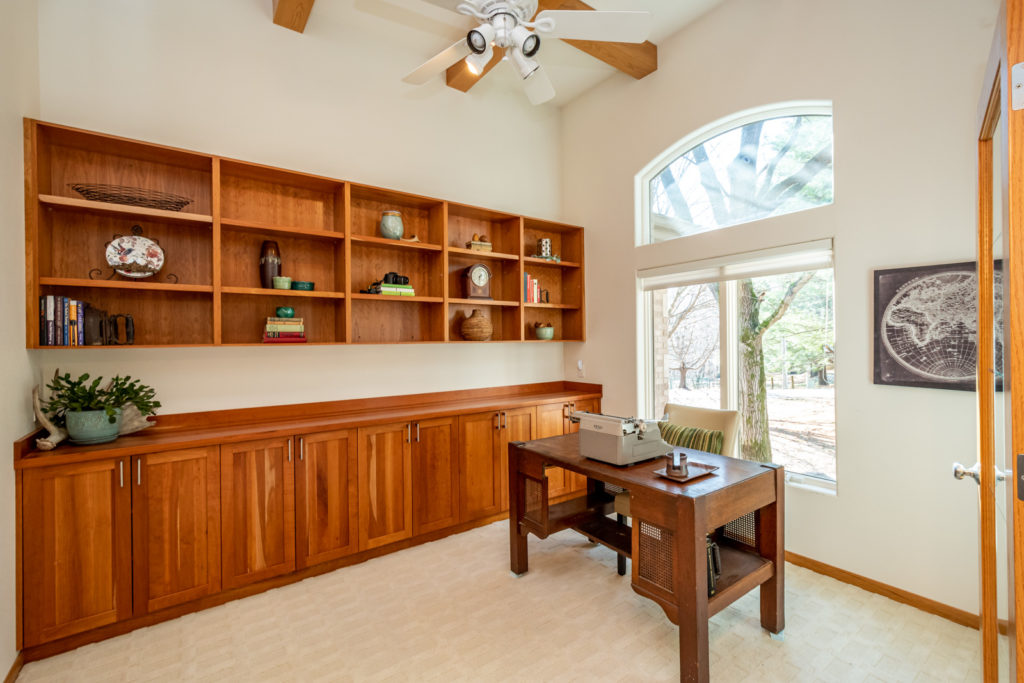
Home office staged by Struve.
“Even if there is not a dedicated home office, we look for an area of the home to highlight as a ‘work space,’” says Pugh. “In my opinion, a work space area is more important this year than a dining room!”
Retreat areas, such as a great master bath, screened porch, or outdoor entertaining area are also super attractive to buyers in this era of spending more time at home.
Frequently Asked Questions
Should every listing be staged?
Long story short: it depends!
“I almost always stage empty homes in the main living areas,” says Pugh. “It is so important to show scale and make it feel like home!”
Russell adds that the home’s price point and current condition makes a difference.
“Homes under $200,000 tend to sell quickly and therefore don’t require staging, but it’s situational,” says Russell. “I find staging really helps if a home has a unique space or feature that should be highlighted.”
When in doubt, consult your favorite Urban Acres agent!
Can I stage my home myself?
In theory, yes! Is it the best idea? Probably not. Usually it’s a case of being unable to be objective, says Struve.
“It’s hard to dissociate yourself from your own stuff,” says Struve. “You’re used to the way your home looks, and it can be emotionally difficult to change it.”
What is the staging process like?
While it’s different for every company, the typical process begins with a consultation. The staging experts walk through the home in person or virtually to get a feel for the space and take measurements. They also take into account any areas your agent recommends highlighting. Then they pull the appropriate furniture and accessories from their warehouse and get to work making the house feel like a home.
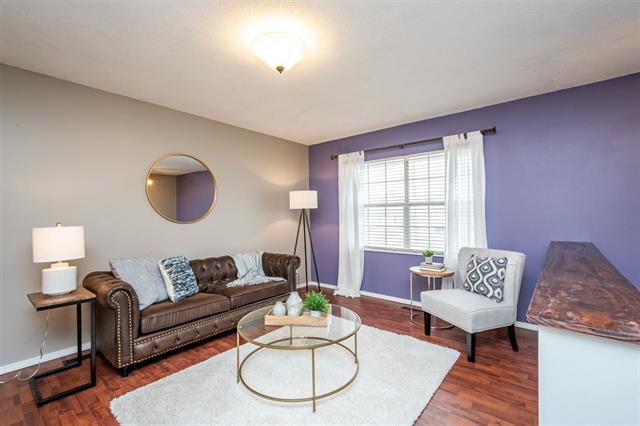
Living room staged by Evolve.
“We don’t want to take away from the home or distract from it,” says Sarah Graf of Evolve Staging and Design. “The point is to compliment it.”
Do I have to stage all of the main living areas, or can we get away with staging only one room – say, the living room?
You could, but be warned that it may seem odd.
“Most homes these days have an open floor plan, so if you do just one space, it leaves an emptier feeling, like you only did half of it,” says Graf.
Can REALTORS® also be stagers?
Yes! While some REALTORS® hire staging companies, other agents – like Tia + Jane – are certified in staging and know all the tricks to highlight your home’s best features.
“Staging used to be the icing on top,” says Tia Perez of the Tia + Jane team. “Now it is a necessary component of any real estate marketing plan.”
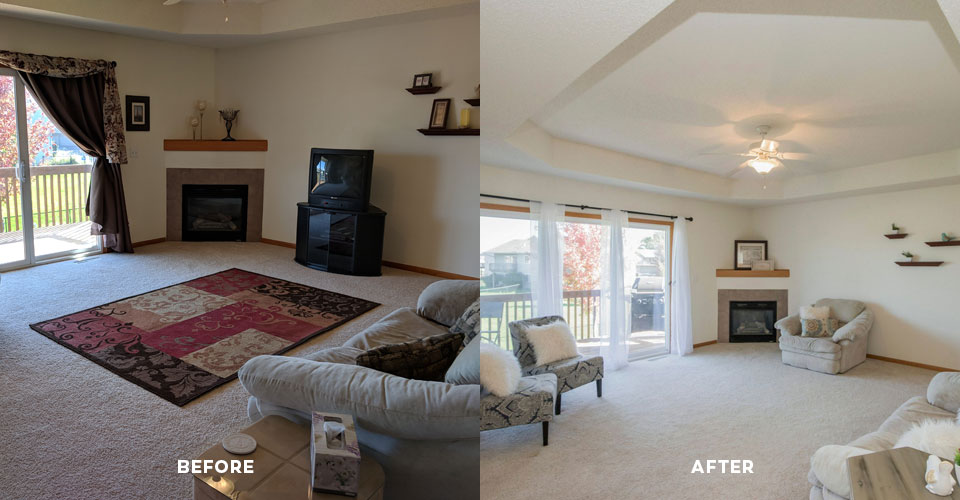
A before and after of Tia + Jane’s staging of a listing.
Tia + Jane stage every home they list. Perez says that those few hours spent up front prepping and staging the home can save valuable time down the road when it comes to marketing and showing the home.
“Most of our clients are so excited about their staged home that they threaten to stay,” laughs Perez.
The Finishing Touches
Thinking about putting your home on the market? Curious about whether staging is right for your home listing? Have a question we didn’t cover? Reach out! Whether you end up using one of our partner staging companies or work with an Urban Acres agent who has their staging certification, we can help make your home stand out on the market.
Not selling your home? Then keep an eye out for Part 2 of this series, where we’ll dive into everything home design with our local experts to help you make your existing home look its best! Coming late October.



